How to grow Verbena (hardy)
While Verbenas are often grown as annuals, there are also species of Verbena which are hardy perennials. These are heat and drought-tolerant once established and you can expect hardy Verbenas to grow from spring until the first frosts with a little regular pruning.
These Verbenas can cope in temperatures as low as -10C over the winter before reliably growing back in spring. Long-blooming in nature, expect plenty of purple, pink and red hues to grace your garden.
With some species growing to 200cm in height with up to a 60cm in spread, whilst low-growing cultivars such as Verbena Margaret’s Memory make an effective weed-suppressing groundcover - perfect for growing alongside roses- as they reach only 20cm height.
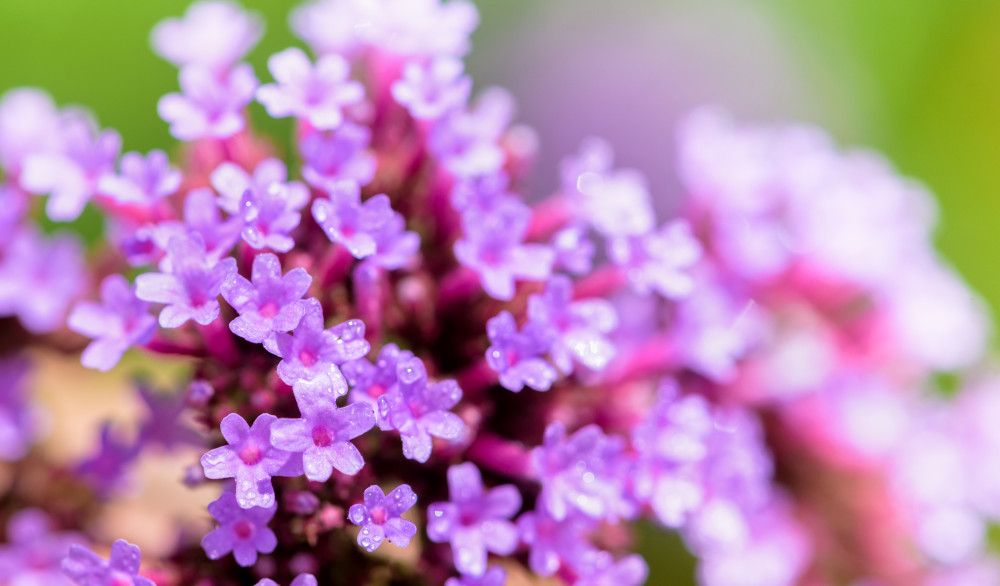
Key Information
Soil Conditions

Position

Hardiness


Where & when to plant hardy Verbena
Plant hardy Verbena varieties after the last frosts in spring. Make sure that your positioning works well for the variety of Verbena, as some need full sun where others need more shade. If you plant a sun-lover in the shade, the volume and vibrancy of your flowers will be reduced.
How to plant hardy Verbena
Verbena should be planted in the spring. Whilst they can be grown from seed, this process will mean the plants may take several years to mature so buying ready established plants is the most effective solution
Find a position in your flower bed or border with well-draining soil and exposure to the right amount of sun. Partial sun/partial shade varieties need a maximum of 4 hours of sunlight a day, whereas sun-lovers need 6-8 hours of sun to thrive. Add chalk, peat or sand to the soil to encourage drainage where you garden on heavy soil
Dig small holes in your desired spot to accommodate your young plants and ensure you leave 20cm between each planting hole when planting multiples. Add each plant to its own hole and backfill with the excavated soil, or fill with a well-draining mixture if your current soil is not suitable
Firm the soil around the young plant and water in to settle. Water regularly while the plant is establishing
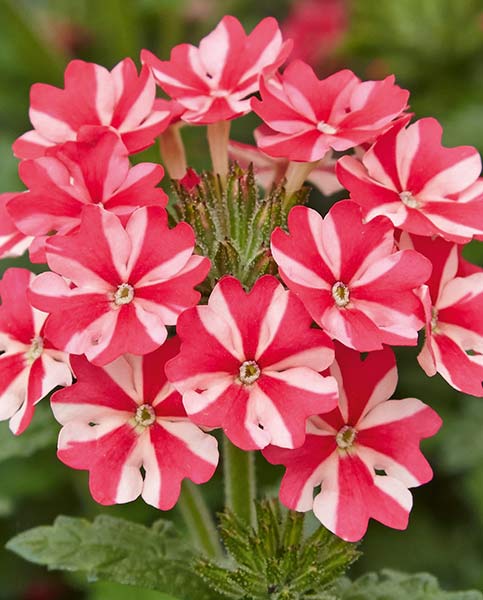
What to plant with hardy Verbena
When planting Verbena, add companion plants that enjoy similar growing conditions such as moist, well-drained soil and full sun to partial shade/partial sun. Ornamental grasses do well when planted in borders and flower beds alongside Verbena. Lagurus ovatus is a good pick for tall, flowing grass that lets Verbena take centre stage. Spanish flag or Ipomoea lobata is a vibrant yellow and red annual climber that adds vibrancy to your garden. As Verbana has so many hardy varieties, consider teaming up a couple of different variations. For example, Verbena bonariensis and Verbena grandiflora make a beautiful couple, combining clusters of reds and purples with delicate pink flowers.
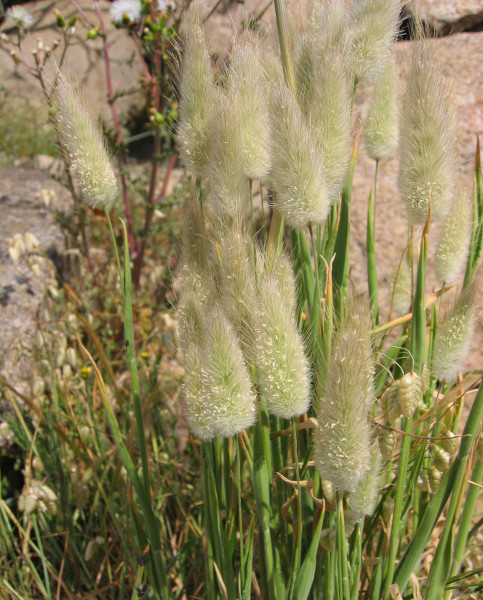
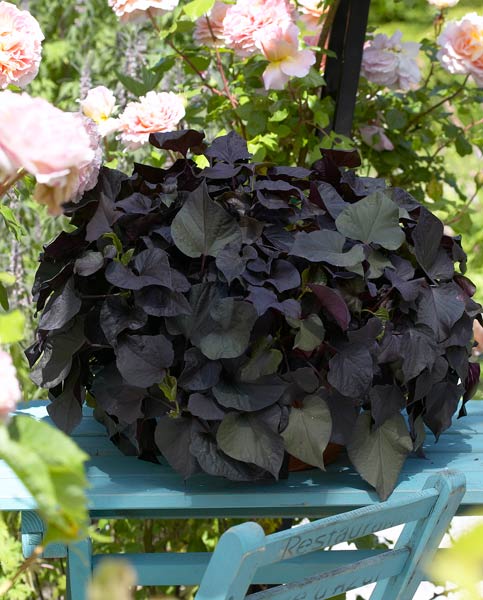

How to care for hardy Verbena
Pruning & Deadheading
When it comes to hardy perennial Verbena varieties, they do not need deadheading. In spring, you can cut back the older stems before the flowering season to encourage healthy new growth. To prevent re-seeding, you can deadhead the flowers in autumn.
Watering
Verbena perennials require moist, well-draining soil. So, make sure that they are watered regularly (up to once a week). In periods of drought or warmer temperatures where the soil dries out quicker, you may need to water a couple of times a week. Make sure that the soil drains well to prevent waterlogging and potential root rot.
Cold Protection
Your perennial Verbena will go dormant as the cold weather sweeps in and grow back healthily the following season. Add a layer of mulch around the base of the plant to encourage healthy regrowth.
Pests & Diseases
Whether perennial or annual, Verbena can encounter issues with insects and pests. Aphids, spider mites, slugs and snails can cause holes in the foliage, sooty mould and unsightly leaves. Root rot is also a cause for concern if overwatered or not planted in well-draining soil.
How to propagate hardy Verbena
Propagating naturally from seeds may take longer to provide viable plants and you cannot depend upon their location so , you can better control their growth by controlled propagating rather than relying on self-seeding
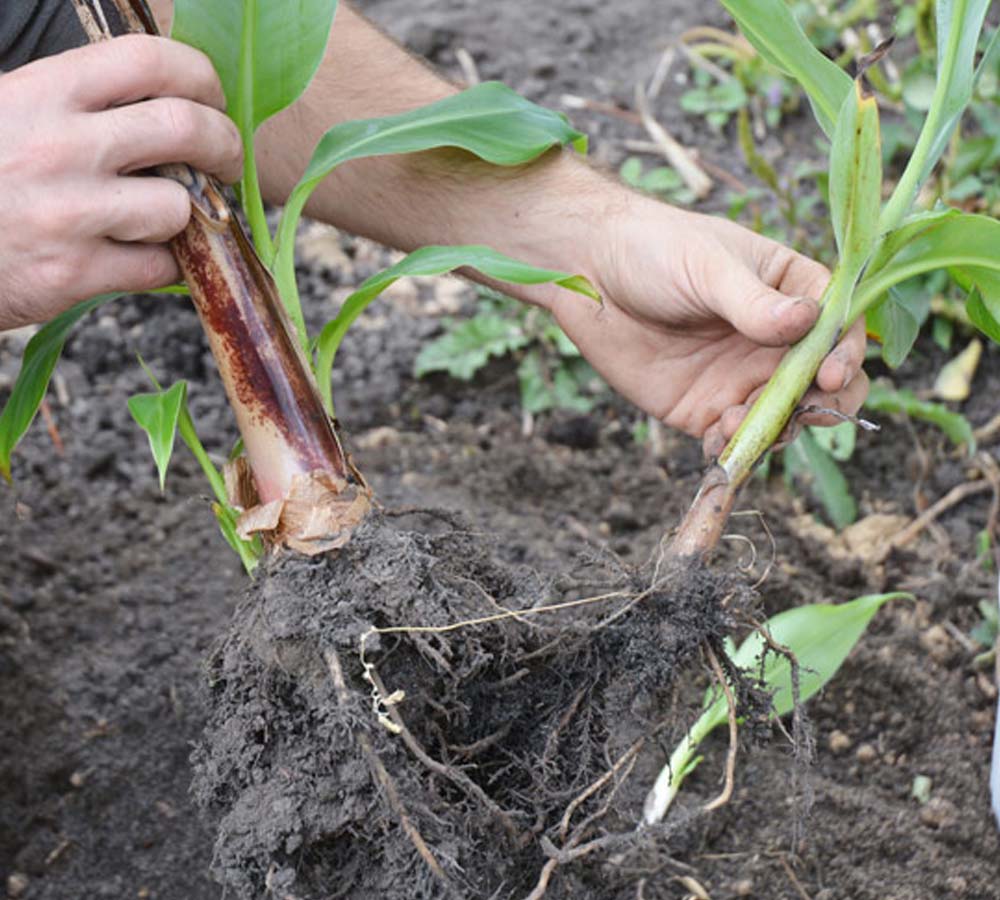
Grab a seed tray and fill it with seeding compost. Water in the compost and add seeds to the surface of the compost. Where possible, keep a gap of 2-3cm between each seed to grow. Add a fine layer of compost on top of the seeds to settle them in. Add a plastic or polythene bag over the seed tray to encourage humidity and leave in a warm position out of direct sunlight

Once the seeds emerge, take off the plastic bag and keep the seed tray indoors somewhere warm. Soon you will see leaves forming from the seeds, and this is the perfect time to gently prick them out by their leaves

Add to a new plant pot with compost (one seed in each) and plant your seedlings to cover the lowest set of leaves. After a couple of weeks, transfer these into pots, water regularly and grow outdoors in the following growing season. Remember to find a position with well-draining soil and plenty of sunlight.
Common Verbena ( hardy) Questions
Do Verbena plants come back every year?
Perennial Verbena plants should come back every year. Some species of Verbena are more suited to growing as annuals. Some are short-lived perennials lasting up to four years, and others are true perennials.
Should Verbena be cut back in winter?
Just before the winter months or the first frost, you can cut back Verbena and mulch to protect the roots. Then, cut back older stems when spring comes around to encourage healthy new growth.
Does Verbena re-seed itself?
When in the right gardens and climates, Verbena can self-seed. You can reduce this by cutting back the seed heads once the flowering period is over. You can also pick up the seeds from the ground and use these to create new Verbena plants.




